Social media and instant communication are crucial to sharing information and organising groups, whether it’s a natural disaster, protest, or large public events. The means to quickly disseminate information to participants means larger numbers are able to arrive, participate, and organize.
In the case of natural or manmade disasters, a centralized network infrastructure is either nonexistent or damaged, but access to information could be the difference between life or death. In the case of protest and uprising, we have seen governments and organisations have started to deploy countermeasures, stopping protests before they even get started, in a more PR friendly way than with force. In public events, the need is for a device to provide coverage in the case of network failure caused by overload, along with more whimsical uses for user engagement.
Another possible application for this device is to have a city wide game (Similar to Geocaching). A headless version of the device (no screen) could be placed at strategic places across the city (cafés and tourist attractions). Users can use their cellphones to connect to the ESP8266 WiFi, they can leave messages at that node and carry information to other nodes.
Hardware:
The design is centered around the ESP8266. This chip is low cost, high bandwidth, flexible, and is fairly powerful.
The system contains:
- Solar panels
- Li-ion battery, battery charger and management
- ESP8266 (WiFi)
- RFID transceiver + Antenna
- Low power touch screen
- Speaker + Mic + ADC + Amp
Software:
- Simple UI with on screen keyboard
- Encrypted top to bottom with public-private key exchange
- Bitcoin-like blockchain implementation
- Mesh network + packetizing protocols
Mechanical:
- Sturdy plastic casing, mostly weather resistant
- Clear back for solar cells
- About the size of a smartphone (4")
Range:
- WiFi range with on PCB antenna is estimated to be somewhere between 10-200m (dependent on the environment)
- RFID is only used as a backup and to share encryption keys, devices will be physically held back to back
IP:
- All designs are open source, and can be made by anyone with access to parts
- Parts are specifically chosen to be hand solder-able and low cost
 Ilia Baranov
Ilia Baranov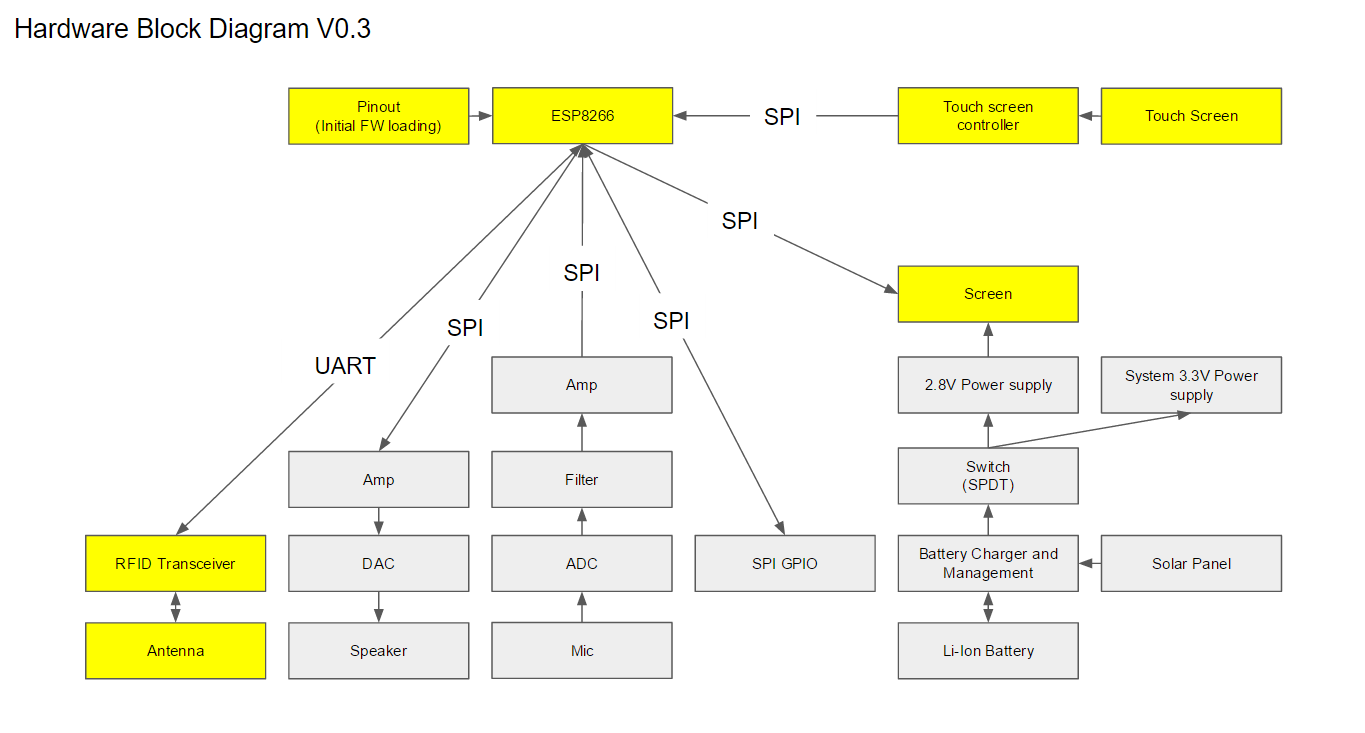
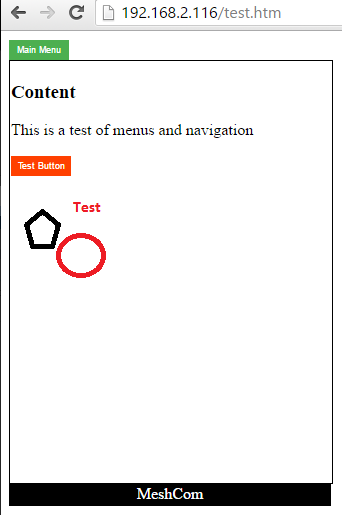
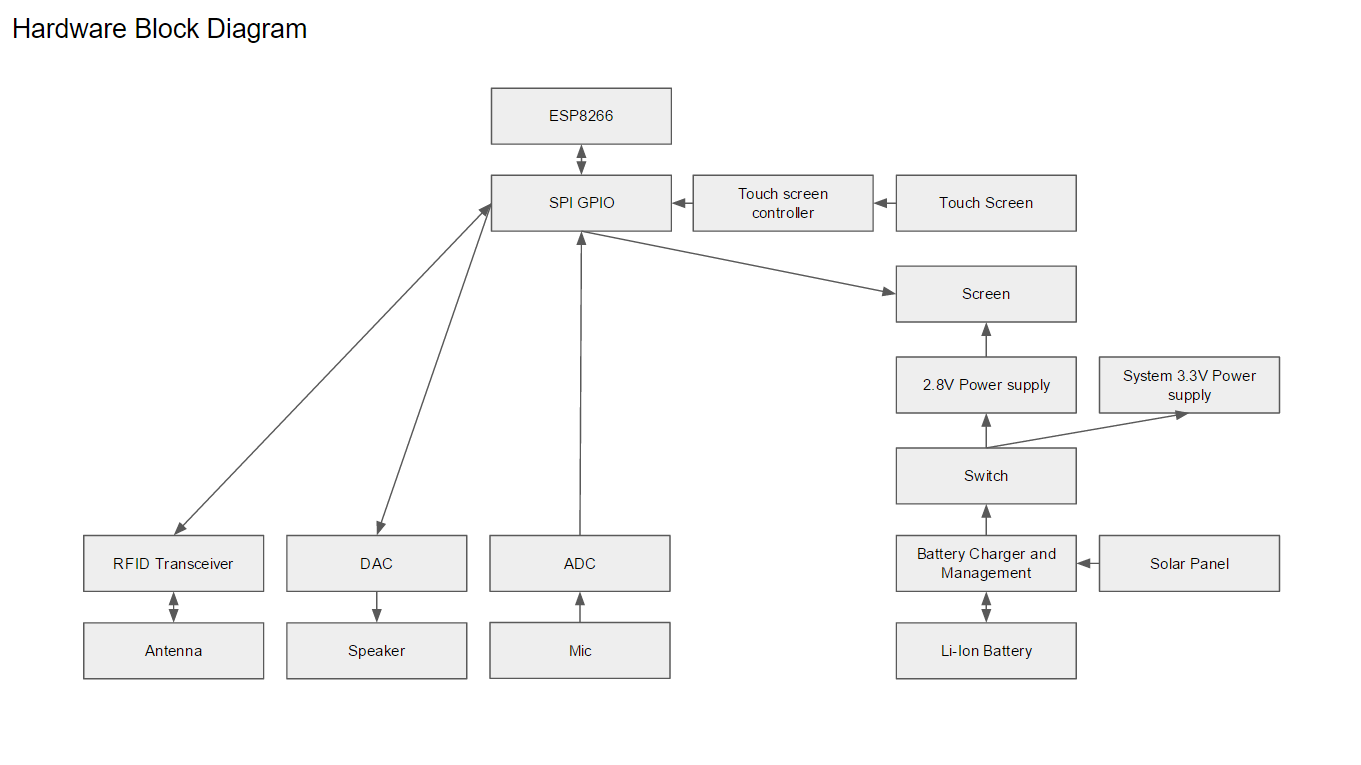

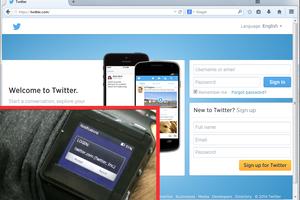
 Sergio Demian Lerner
Sergio Demian Lerner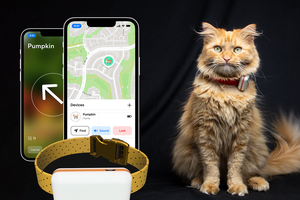
 Sahas Chitlange
Sahas Chitlange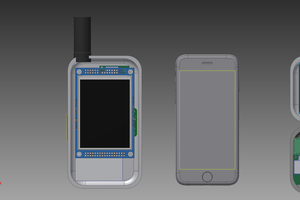
 John Grant
John Grant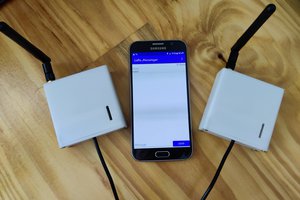
 Keegan
Keegan
Hi,
I really love this project.
Have you given up on it, or is it still being developed?
I see that last update is from 2016 which is a pitty.
Thanks!